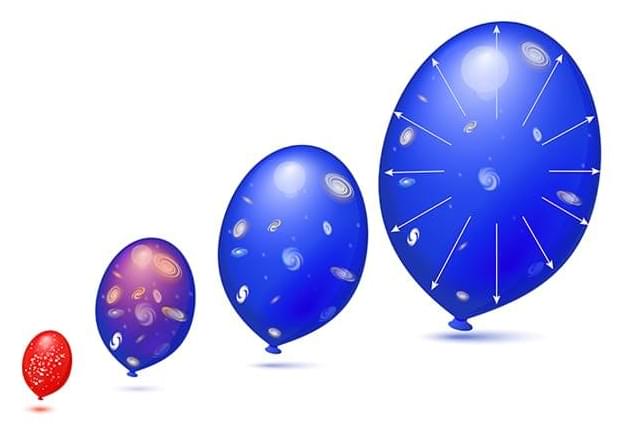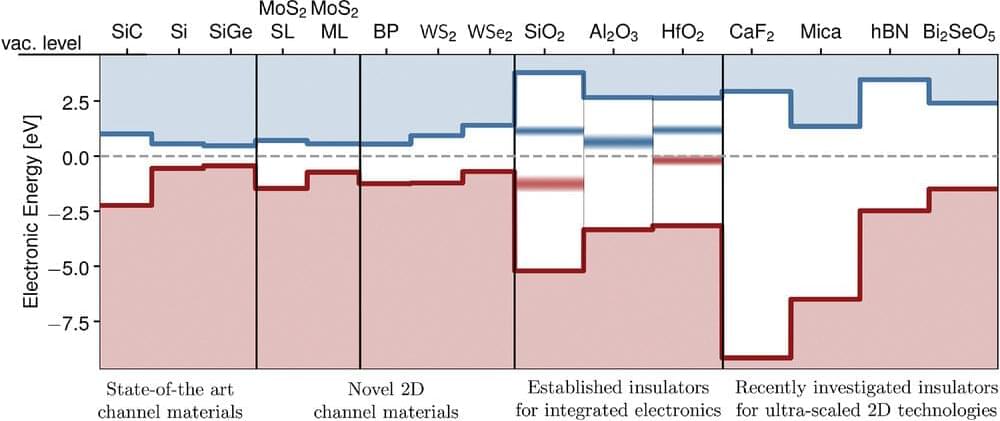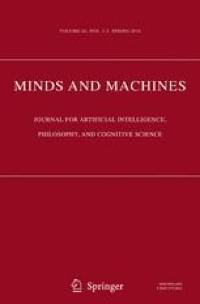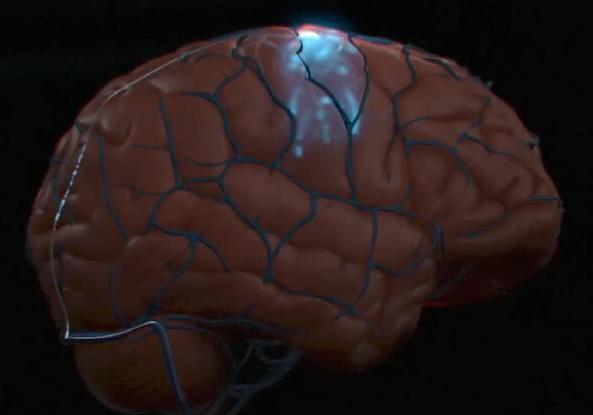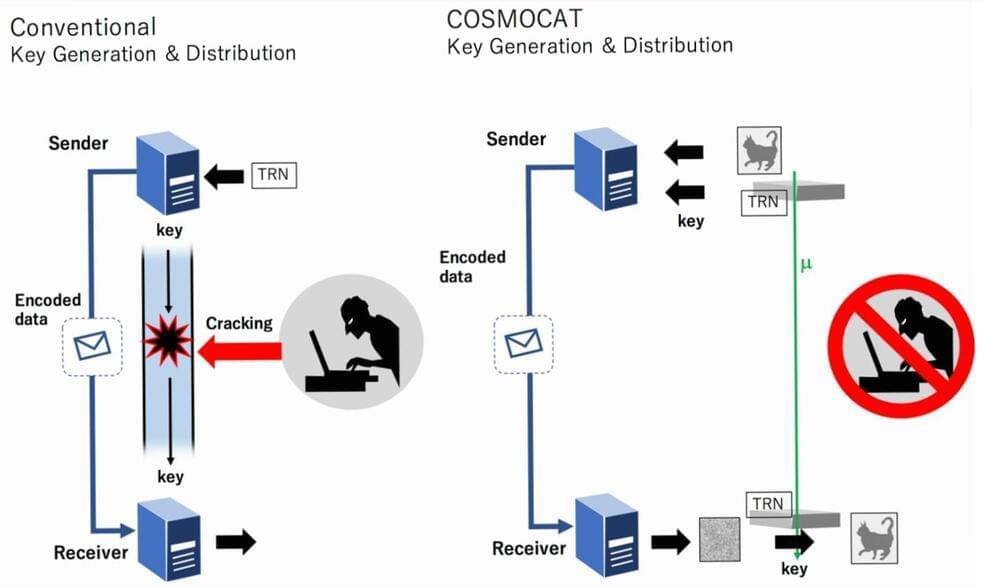Jan 18, 2023
What Is Our Universe Expanding Into?
Posted by Dan Breeden in categories: computing, cosmology, mapping
One question for Paul Sutter, author of “The Remarkable Emptiness of Existence,” an article in Nautilus this month. Sutter is a theoretical cosmologist at the Institute for Advanced Computational Science at Stony Brook University, where he studies cosmic voids, maps the leftover light from the big bang, and develops new techniques for finding the first stars to appear in the cosmos.
What is our universe expanding into?
That’s a great question. The answer, though, is that it’s not a great question. It’s a little tricky, so let me walk you through it. Yes, our universe is expanding. Our universe has no center and no edge. The Big Bang didn’t happen in one location in space. The Big Bang happened everywhere in the cosmos simultaneously. The Big Bang was not a point in space. It was a point in time. It exists in all of our paths.
